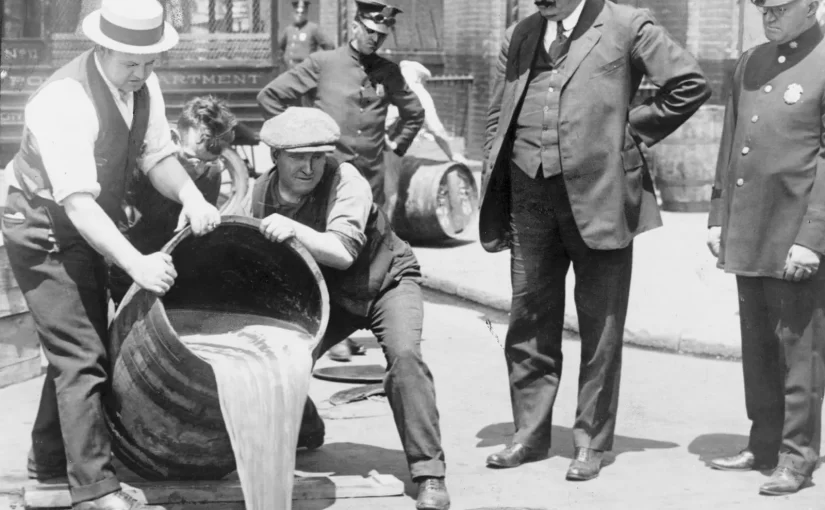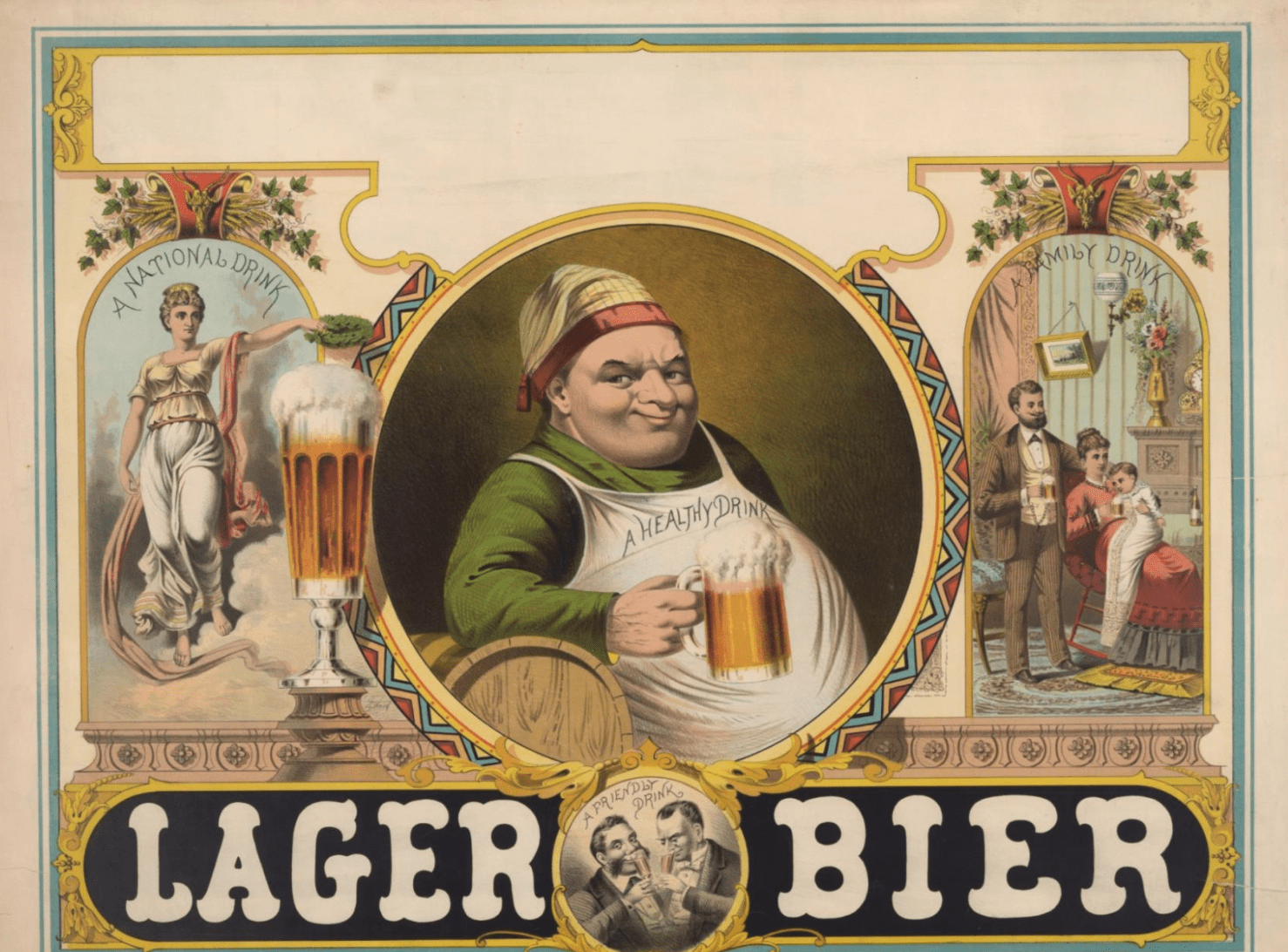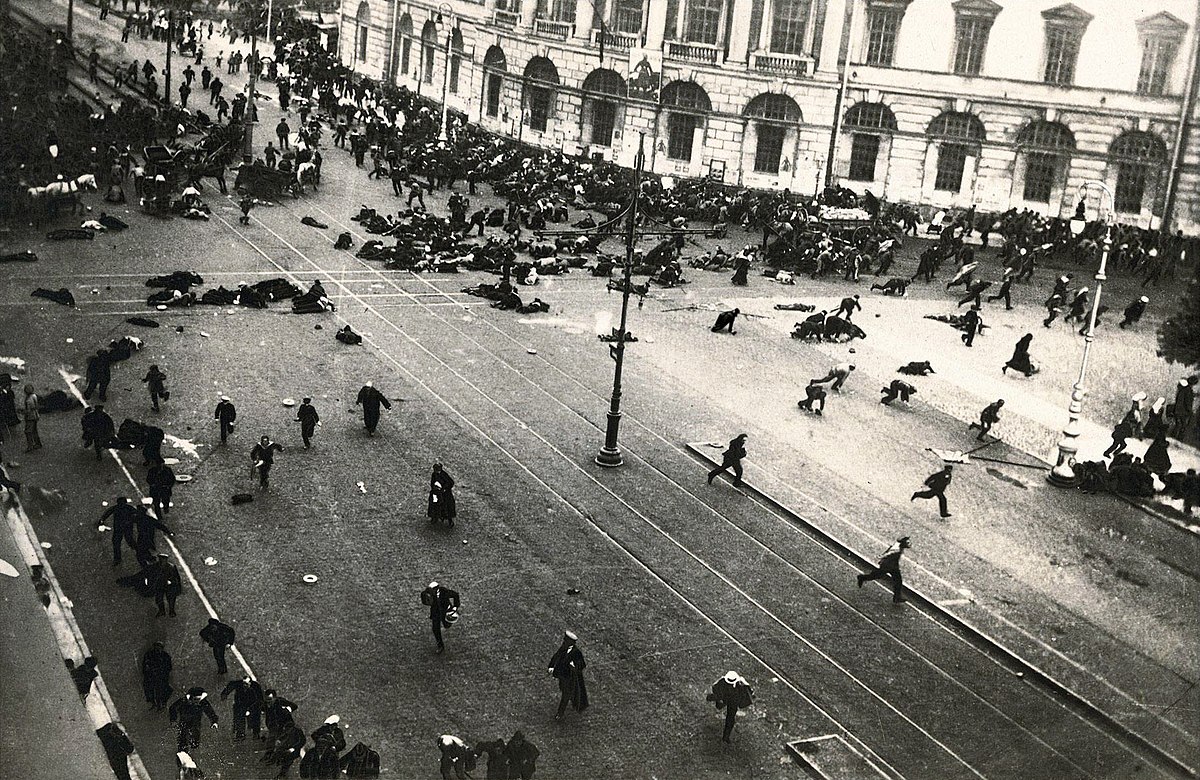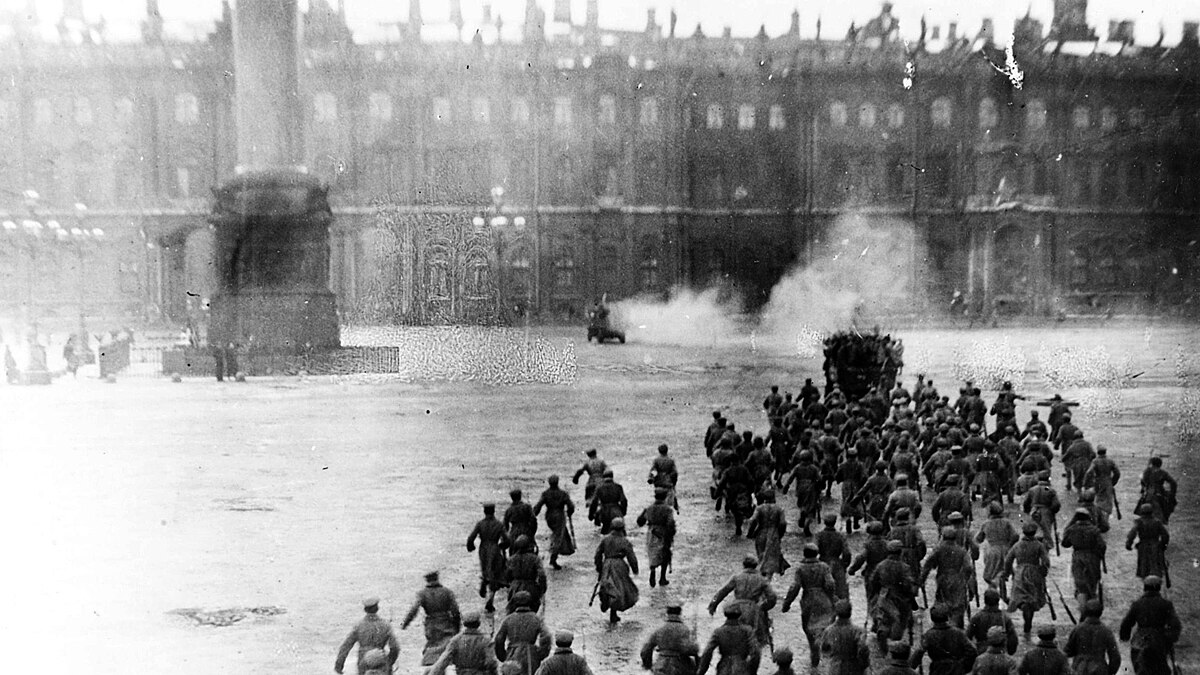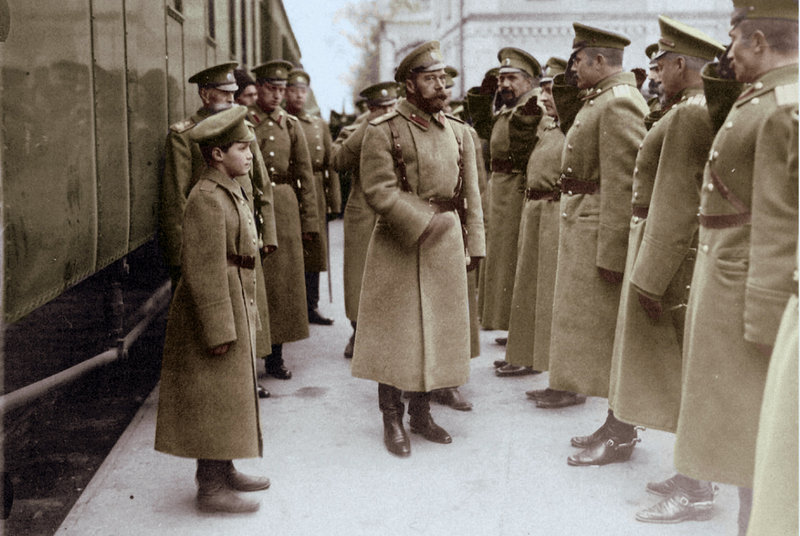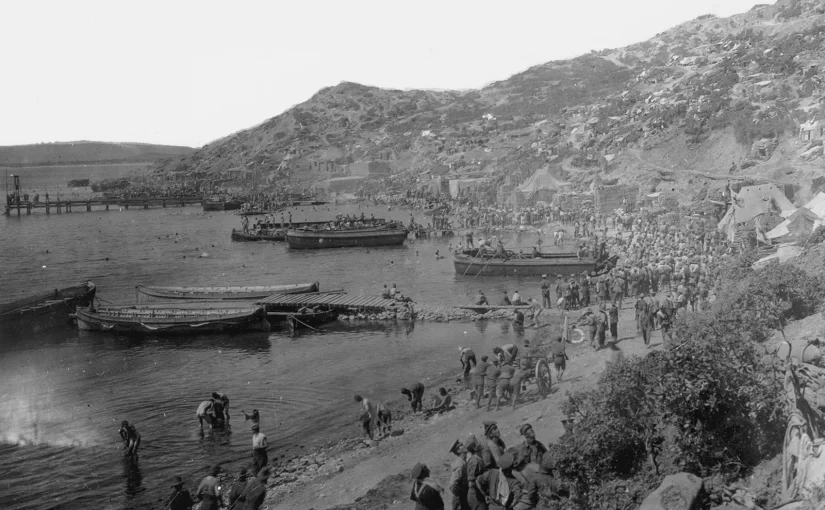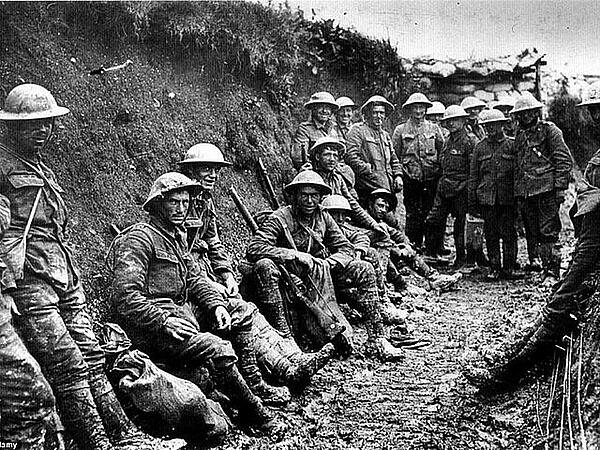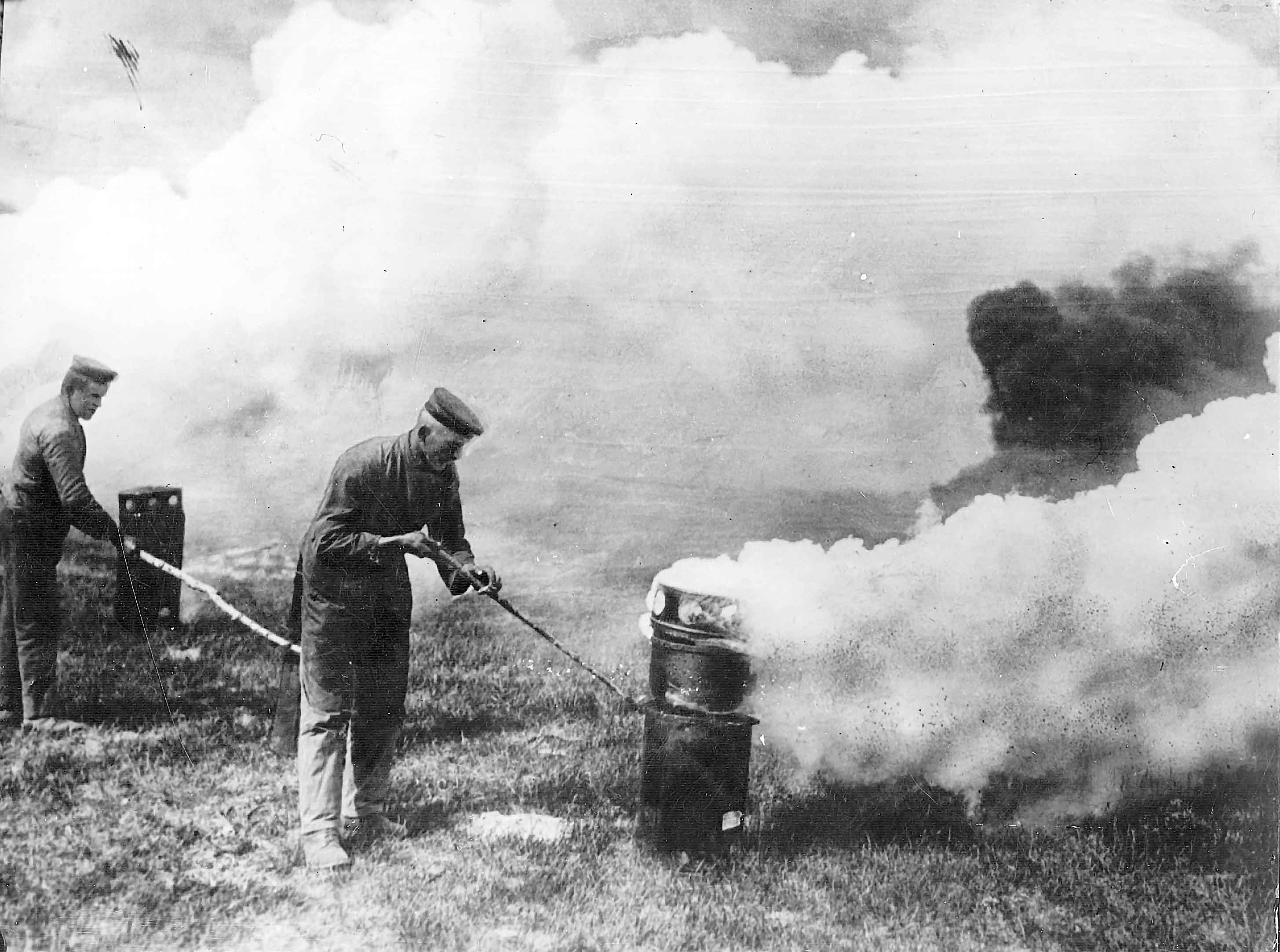Unlike most other soldiers that returned to civilian life, Hitler elected to remain a part of the military, eventually being recruited to the Information Office under Captain Karl Mayr. He excelled in this line of work, and impressed Mayr with his oration skills, to such a point where Mayr asked him to respond to a letter from a soldier about the Jewish Question. This became one of Hitler’s first, and most notable, antisemitic writings.
[T]he Jews are unquestionably a race, not a religious community. And the Jew himself never describes himself as a Jewish German, a Jewish Pole or a Jewish American, but always as a German, Polish or American Jew. Never has the Jew absorbed more from the alien people in whose midst he lives than their language. […] There is hardly a race in the world whose members all belong to a single religion. Through inbreeding for thousands of years, often in very small circles, the Jew has been able to preserve his race and his racial characteristics much more successfully than most of the numerous people among whom he lives. As a result we have living in our midst a non-German, alien race, unwilling and indeed unable to shed its racial characteristics, its particular feelings, thoughts and ambitions, and nevertheless enjoying the same political rights as we ourselves do. [A Jews] activities produce a racial tuberculosis among nations. And this has the following result: Antisemitism stemming from purely emotive reasons will always find its expression in the form of pogroms. But antisemitism based on reason must lead to the systematic legal combating and removal of the rights of the Jew […]. [A governments] final aim, however, must be the uncompromising removal of the Jews altogether.
Hitler’s letter to the soldier
As a part of his job in the Information Office, he’d often infiltrate parties suspected of communist sentiments. In September of 1919, he attended a meeting at the German Workers Party, also known as the Deutsche Arbeiterpartei in German or DAP for short. However, he found that the party did support Marxism, like the title of the party suggested, but instead was incredibly nationalist and antisemitic, both of which Hitler agreed with.
He eventually formally joined the party and resigned from his position at the information office. He’d often speak at party meetings, impressing Party Chairman, Anton Drexler, with his oration skills. Drexler allowed Hitler to publicly speak at rallies, and became a mentor to him. However, Hitler was less than impressed by the disorganisation of the party, asking Drexler if he could enact vast changes within the party. Drexler agreed and Hitler quickly got to work. He became the head of recruitment propaganda and organised massive rallies, where he would often speak. His oratory skills made him a vital asset to the party.
One of his most notable changes was the rebranding of the party to the National Socialist German Workers Party, which in German translates to Nationalsozialistische Deutsche Arbeiterpartei and was commonly abbreviated to the NSDAP or the Nazi Party. He also created a party logo, which consisted of a black swastika, a Hindu symbol meaning prosperity, in a white circle with a red background, the colours of the former Imperial German Flag.
Eventually, Hitler announced a massive reworking of power inside the party, which would remove a democratically elected chairman and replace them with a “Führer” with absolute power. If his demands were not met, Hitler would resign from the party. Fearing the loss of the party’s greatest speaker, Drexler conceded, stepping down from the role of Chairman and allowing Hitler to ascend to the title of Führer of the Party. This is the first example of Hitler assuming absolute power, by any means necessary.
During these early years of the Nazi Party, many men, who would soon become high ranking members of the party, joined, inspired greatly by Hitler’s words. Ernst Röhm joined around the same time as Hitler and the two became fast friends. Röhm became the only person who would refer to Hitler by his first name, often referring to him as “Adi”. As the party developed and rose in popularity in the 1930s, Röhm would become the head of the Stormtroopers, also known as the SA, a violent paramilitary arm of the Nazi Party.

Through Röhm another notorious figure within the ranks of the party would enter, a man named Heinrich Himmler. Known for his cunning, loyalty and brutality, he would later become the head of the Schutzstaffel, more commonly known as the SS, another paramilitary group of the Nazis, who differed from the SA in their brutality and loyalty.

Finally of note was Hermann Göring. Having met Hitler in 1921, he was appointed as Supreme Leader of the SA in March 1923, and later became a key figure in the political rise of the Nazis throughout the 1930s via the democracy of the Weimar Republic.
_IMG.jpg)
In June 1921, there was a mutiny in the party, which kicked out Drexler and Hitler became the party chairman, where he spoke at beer halls, a type of large German pub. Early followers included Hermann Goering, a former flying ace, Ernst Rohm, a WW1 veteran and was later found out to be homosexual, and Rudolf Hess, another WW1 veteran and met Hitler at one of his speeches in 1920. Rohm later became the head of the Nazi’s Paramilitary force, the Stormtroopers or SA.

